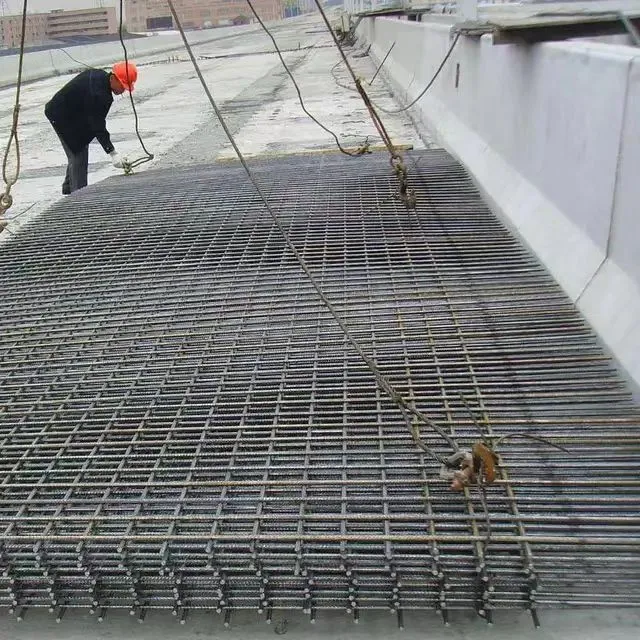-
 Afrikaans
Afrikaans -
 Albanian
Albanian -
 Amharic
Amharic -
 Arabic
Arabic -
 Armenian
Armenian -
 Azerbaijani
Azerbaijani -
 Basque
Basque -
 Belarusian
Belarusian -
 Bengali
Bengali -
 Bosnian
Bosnian -
 Bulgarian
Bulgarian -
 Catalan
Catalan -
 Cebuano
Cebuano -
 China
China -
 Corsican
Corsican -
 Croatian
Croatian -
 Czech
Czech -
 Danish
Danish -
 Dutch
Dutch -
 English
English -
 Esperanto
Esperanto -
 Estonian
Estonian -
 Finnish
Finnish -
 French
French -
 Frisian
Frisian -
 Galician
Galician -
 Georgian
Georgian -
 German
German -
 Greek
Greek -
 Gujarati
Gujarati -
 Haitian Creole
Haitian Creole -
 hausa
hausa -
 hawaiian
hawaiian -
 Hebrew
Hebrew -
 Hindi
Hindi -
 Miao
Miao -
 Hungarian
Hungarian -
 Icelandic
Icelandic -
 igbo
igbo -
 Indonesian
Indonesian -
 irish
irish -
 Italian
Italian -
 Japanese
Japanese -
 Javanese
Javanese -
 Kannada
Kannada -
 kazakh
kazakh -
 Khmer
Khmer -
 Rwandese
Rwandese -
 Korean
Korean -
 Kurdish
Kurdish -
 Kyrgyz
Kyrgyz -
 Lao
Lao -
 Latin
Latin -
 Latvian
Latvian -
 Lithuanian
Lithuanian -
 Luxembourgish
Luxembourgish -
 Macedonian
Macedonian -
 Malgashi
Malgashi -
 Malay
Malay -
 Malayalam
Malayalam -
 Maltese
Maltese -
 Maori
Maori -
 Marathi
Marathi -
 Mongolian
Mongolian -
 Myanmar
Myanmar -
 Nepali
Nepali -
 Norwegian
Norwegian -
 Norwegian
Norwegian -
 Occitan
Occitan -
 Pashto
Pashto -
 Persian
Persian -
 Polish
Polish -
 Portuguese
Portuguese -
 Punjabi
Punjabi -
 Romanian
Romanian -
 Russian
Russian -
 Samoan
Samoan -
 Scottish Gaelic
Scottish Gaelic -
 Serbian
Serbian -
 Sesotho
Sesotho -
 Shona
Shona -
 Sindhi
Sindhi -
 Sinhala
Sinhala -
 Slovak
Slovak -
 Slovenian
Slovenian -
 Somali
Somali -
 Spanish
Spanish -
 Sundanese
Sundanese -
 Swahili
Swahili -
 Swedish
Swedish -
 Tagalog
Tagalog -
 Tajik
Tajik -
 Tamil
Tamil -
 Tatar
Tatar -
 Telugu
Telugu -
 Thai
Thai -
 Turkish
Turkish -
 Turkmen
Turkmen -
 Ukrainian
Ukrainian -
 Urdu
Urdu -
 Uighur
Uighur -
 Uzbek
Uzbek -
 Vietnamese
Vietnamese -
 Welsh
Welsh -
 Bantu
Bantu -
 Yiddish
Yiddish -
 Yoruba
Yoruba -
 Zulu
Zulu
mesh manufacturing
Advancements in Mesh Manufacturing Revolutionizing Industries
Mesh manufacturing has become an essential aspect of various industries, including automotive, aerospace, construction, and medical applications. The advancements in mesh technology and manufacturing processes have transformed the way products are designed and produced, enhancing both functionality and aesthetic appeal. This article explores the methods, materials, and benefits associated with modern mesh manufacturing.
Understanding Mesh Forms
At its core, a mesh is a network of interlaced fibers, wires, or other materials that create openings or patterns. While the traditional use of mesh has been prominent in textiles, the evolution of mesh manufacturing has led to a myriad of applications. Different types of mesh include wire mesh, plastic mesh, and fabricated mesh, each serving unique purposes across various sectors. For instance, wire mesh is frequently used in construction for reinforcement, while plastic mesh is popular in filtration and landscaping.
Innovative Manufacturing Techniques
Today’s mesh manufacturing processes have integrated cutting-edge technologies, enabling increased precision and efficiency
. One such technique is 3D printing, which allows for the rapid production of complex mesh structures that were previously impossible to achieve through conventional methods. This innovation not only reduces waste but also allows for customization in design, catering to specific industry needs.Another significant advancement is the use of laser cutting and CNC (Computer Numerical Control) machining, which ensures high precision while producing intricate mesh designs. These methods significantly improve the quality and durability of the final product, making them ideal for demanding applications in aerospace and medical devices.
Materials Matter
mesh manufacturing

The choice of material in mesh manufacturing profoundly impacts its application and efficacy. Metals such as stainless steel and aluminum are commonly used for their strength and corrosion resistance, making them suitable for industrial and architectural uses. Conversely, polymers and composites offer lightweight and flexible options, ideal for medical applications like meshes for surgical procedures or wound care.
Emerging materials such as biodegradable plastics are also making waves in eco-friendly mesh manufacturing. These materials address environmental concerns by offering a sustainable alternative without compromising performance.
Advantages of Modern Mesh Manufacturing
The benefits of modern mesh manufacturing are manifold. Firstly, the ability to produce customized designs allows industries to meet specific functional requirements and regulatory standards. For example, the medical field can produce implants tailored to individual patients, improving outcomes and minimizing risks.
Secondly, enhanced durability through advanced materials and manufacturing techniques leads to longer product lifespans, reducing the need for frequent replacements. This, in turn, lowers costs for consumers and manufacturers alike.
Moreover, advanced mesh techniques often lead to greater efficiency in production. Streamlined processes reduce production times and overall costs, allowing businesses to remain competitive in a rapidly evolving market.
Conclusion
In conclusion, mesh manufacturing has undergone significant transformations, fueled by technological advancements and innovative materials. As industries continue to evolve, the demand for specialized and efficient mesh solutions will grow, driving further research and development. By embracing these advancements, businesses can enhance their product offerings, reduce environmental impact, and ultimately improve the quality of life for consumers worldwide. Whether it’s in construction, medicine, or filtration, the future of mesh manufacturing looks promising, with endless possibilities on the horizon.
-
Shipping Plastic Bags for Every NeedNewsJul.24,2025
-
Safety Netting: Your Shield in ConstructionNewsJul.24,2025
-
Plastic Mesh Netting for Everyday UseNewsJul.24,2025
-
Nylon Netting for Every UseNewsJul.24,2025
-
Mesh Breeder Box for Fish TanksNewsJul.24,2025
-
Expanded Steel Mesh Offers Durable VersatilityNewsJul.24,2025











